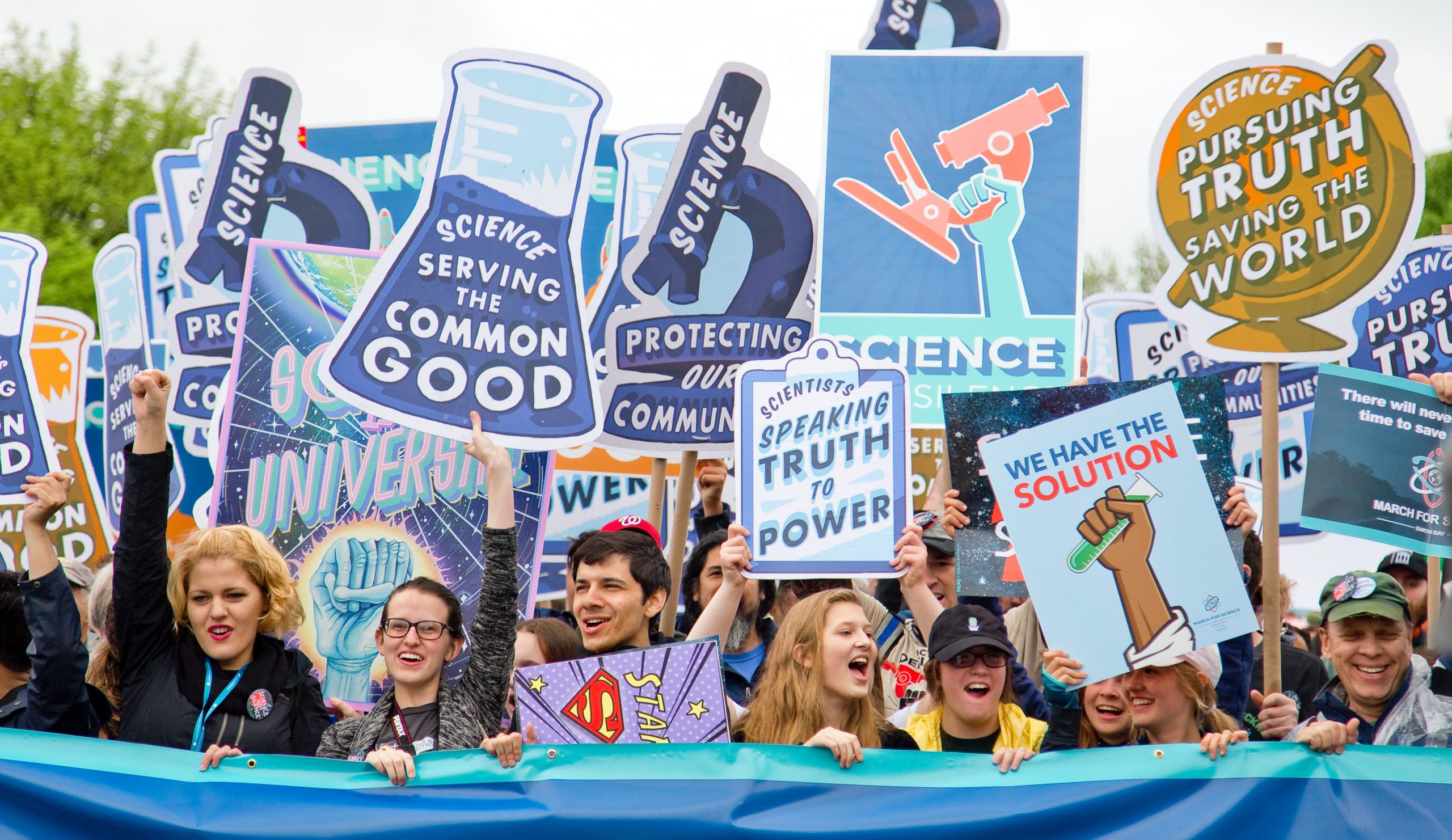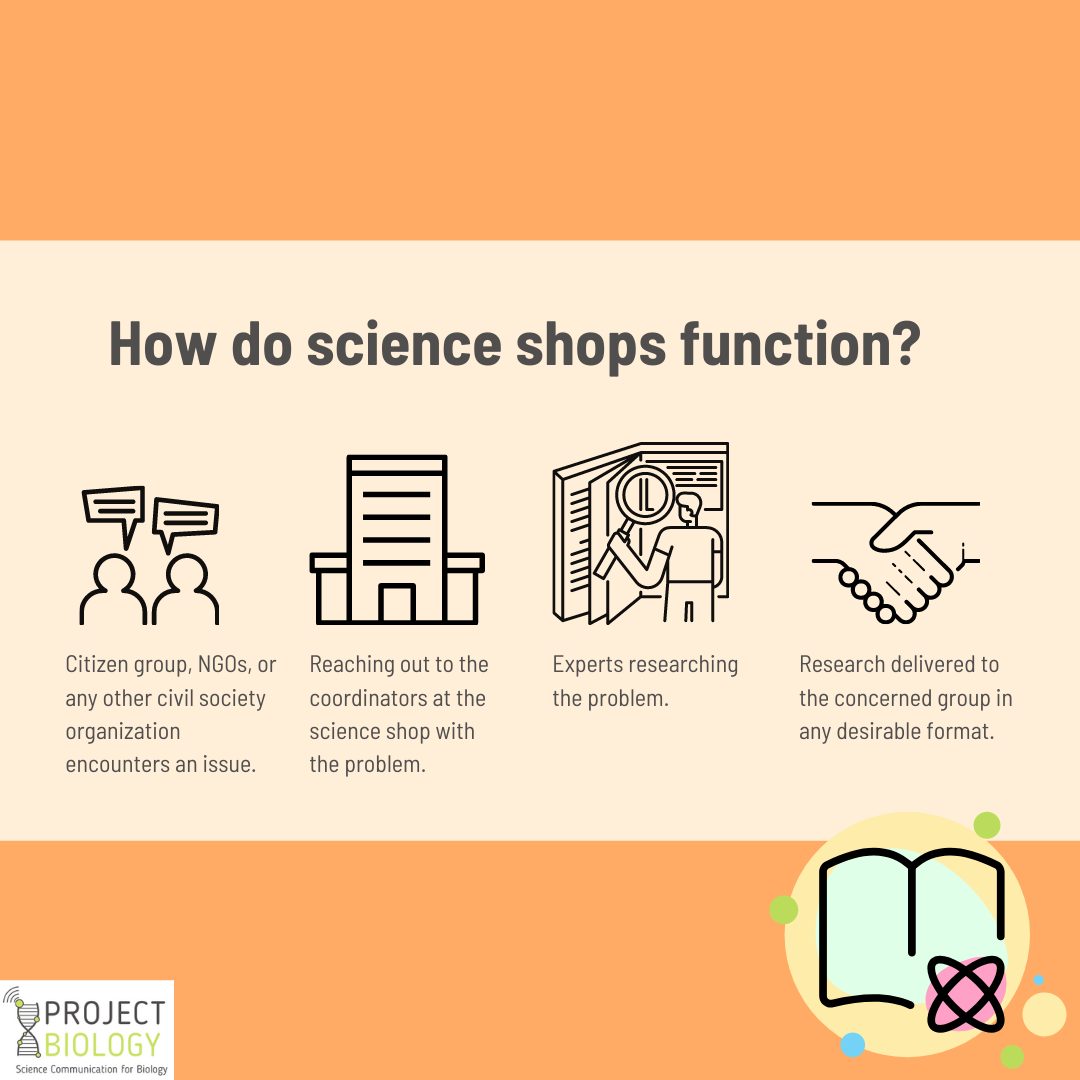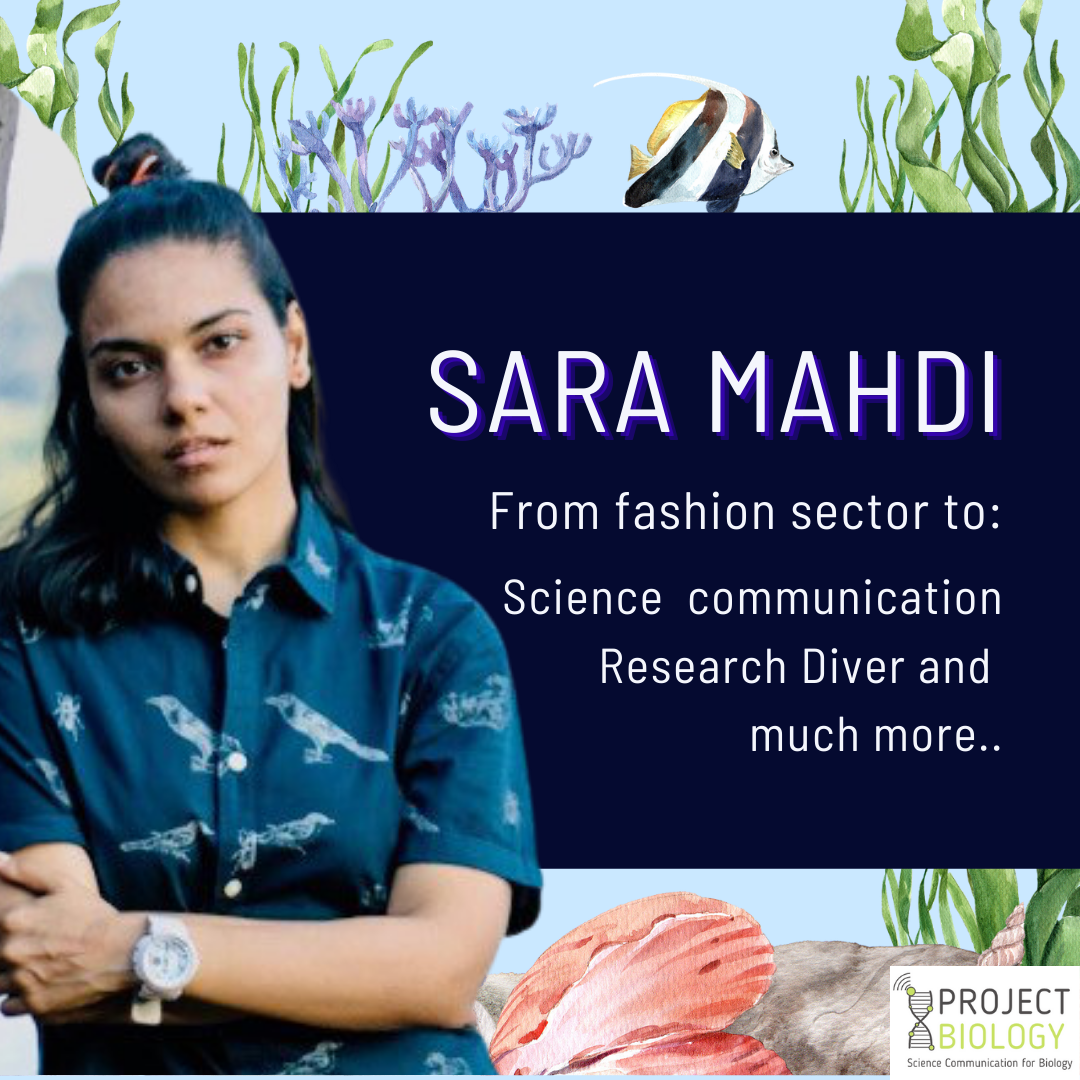Curiosity to learn about the working of the world gives rise to novel findings. Likewise, curiosity-driven science, forming the basis of human knowledge, makes up the fundamental science or basic science. For example, discovering DNA structure, human genome project, Drosophila studies, and others.
On the other hand, translational science or applied science puts to use the scientific knowledge or wisdom obtained as a part of fundamental science. For example, developing solutions to real-world issues, like developing a vaccine, diagnosing or treating a certain disease, or improving crop yield, is a translational science issue.
Challenges
However, knowledge obtained from fundamental science often does not find any direct application. Thus, basic science often takes a back seat due to a lack of direct application when it comes to marketing or PR. Here are some of the observations regarding the destiny of communication of fundamental science:
- Translational science enjoys ‘naturally’ motivated audiences, whereas fundamental science needs to strive harder.
- Concepts and recent discoveries of fundamental sciences often appear complex for communicating to laypersons
- Thus, it needs extra time and thoughts, resulting in difficulties to catch momentum and desirable impact.
However, drawing the general public’s attention towards fundamental concepts of science is significant to keep the adverse views about science in society under check. Moreover, greater knowledge about science’s basic workings can help promote a constructive dialogue between scientists, the public, and policymakers. So, how to help fundamental science?
Long-term objective-driven approach
One example of a long-term, objective-driven approach involves the CUBE initiative, a major integrated initiative by Homi Bhabha Centre for Science Education, TIFR. What started as a 5-weeks hands-on research experience, based on simple model systems as Drosophila, has now reached its 8th year of operations. How does such an approach to communicating science can help cross the hurdles in disseminating fundamental science?
- Such an approach offers sufficient time to create a variety of activities. It helps in targeting a wide array of audiences allowing for a higher impact.
- Enables gradual and cumulative developments, including good-quality activities and resources. Consequently, it saves considerable time in upcoming next similar projects.
- Allows integration of interdisciplinary expertise. For example, artists can collaborate with scientists to make the project more appealing to the public.
- Allows application of effective evaluation strategies (discussed later in this article).
- Makes way for professional and personal benefit for the scientists engaged in it.
However, certain roadblocks hinder this type of scientific communication
- Receiving necessary financial aid. Finding requisite funds for new initiatives and long-term projects often remains a challenge. Although, achieving momentum over a long-time can help develop a long-term appreciation of underlying science. It can also help propagate awareness and vigilance to maintain a fruitful balance promoting a culture of science among laypersons.
- Need for best practices and appropriate support. Appointing public engagement officers to help scientists develop long-term strategies and culture can help. Moreover, the officers on funding panels can give applicants constructive feedback, advising them on the inclusion of effective strategies in the research plan. Finally, establishing an evaluation committee can assess ongoing projects that would benefit from further funding.
- Lack of right motivation for public engagement. The provision of suitable incentives can help drive motivation for undertaking long-term engagement activities. It finds special importance in fundamental research where the lack of direct application of findings serves as a reason for lack of audience and motivation. Utilizing trained communication specialists, one can introduce scientists to other possible avenues such as driving encouragement among students, involving scientists in developing school science curricula, spreading awareness about specific issues, and others.
Collaborative Marketing for Science
The curiosity-driven engagement can benefit from a comprehensive plan employing various strategies meant for different types of audiences. Different audiences can be the general public, school, university teachers and students, policymakers, fellow scientists, or researchers. For this, the power of collaborations can be harnessed.
Laypersons or the general public
Methods involving street shows, science fairs, popular science articles in the press, blogs, websites, or online videos can help engage the general audiences. For this, the institutions or the scientists can collaborate with creative agencies or communications consultants to help them design and implement outreach projects.
School and university teachers and students
Teachers function as a significant amplifier of science outreach objectives among students. In turn, students can share the information with friends and family members. This helps in spreading the message to a bigger group of people. For example, in the CUBE initiative, teachers serve as a point of collaboration. They undergo training and help built on the communities of practice model of communication.
University students
University freshmen can be taken as a lay audience, but gradually, they acquire a scientific acumen as they proceed through the degree. One can entrust them to carry on the ideas behind science marketing programs to future generations. Science outreach initiatives by the Indian Institute of Social Education and Research, Pune (IISER, Pune) named Disha and Prutha are such great examples. Here, the opportunities originate from education institutions’ laboratories, which expose children, especially underprivileged ones, to various aspects of science through study centers, talk shows, science fairs, etc.
Fellow scientists
While marketing your science to fellow scientists and researchers, efficient marketing strategies available within scientific communities has to be employed. It serves several purposes, including raising awareness, exchanging resources and ideas, and recruiting the workforce. It helps collect ideas and resources from several sources, resulting in improved outreach programs’ quality.
Evaluating the outcomes of public engagement
Eventually, outreach programs lead to the impact that needs to be measured using appropriate evaluation methods. Evaluation helps document the effects. But, evaluating the impact of the program remains a major challenge. Many times the role of evaluation is underestimated due to restrictions in finance, staff, and suitable expertise. However, evaluating impacts proves beneficial in improving the quality of science communication activities. Following are some evaluation approaches that can help efficiently evaluate the impact a public engagement project made.
Realist Evaluation
Realist Evaluation is a theory-driven method of evaluating public engagement programs. The term ‘Realist Evaluation’ is taken from Pawson and Tilley’s ground-breaking work, Realistic Evaluation (1997). It begins by clarifying the theory of the public engagement program. For instance, how the program activities are expected to make changes or impacts? Rather than focusing on ‘what works and/or doesn’t work?’ or ‘does this work?’, it focuses on ‘how and why does this work?’ and/or not work, for whom, to what extent, in what respects, in what circumstances?’ etc. This type of evaluation proves as best suitable for new initiatives, which look like to work, but where ‘how and for whom’ is yet unknown.
Outcome Mapping
As the name suggests, it involves mapping the outcomes of a program in the form of behavioral changes. Outcomes of a public engagement program or initiative are defined as changes in people’s behavior, actions, activities, or relationships or groups of people participating in the program directly. The process involves an agreement between the organizations and stakeholders to bring about certain changes in the individuals or group they are interacting with directly. Then they determine strategies to bring about these changes, followed by designing a monitoring system to track these changes. Then they outline an evaluation plan to use the collected data to learn and adapt.
Most Significant Change methodology
Presents a form of qualitative and participatory monitoring and evaluation of public engagement programs. First developed by Rick Davies in 1990, it involves the collection and selection of stories of changes to analyze the impact of programs or projects.
Rainbow Framework
There are several different approaches when it comes to the evaluation of data. Created by a group of evaluators from different parts of the world, betterevaluation.org designed a planning tool consisting of 34 different evaluation tasks grouped into seven-colour coded colors of a rainbow, which makes it easier to decide a suitable evaluation method, strategy, or process. Each of these clusters is further divided into several tasks, further subdivided into options and resources.
Thus, fundamental sciences definitely remains a challenging yet highly prospective field of science. It presents unique directions and innovative ideas to communicate the science to a designated audience. If you are a fundamental researcher looking to communicate your science, feel free to get in touch with us.



